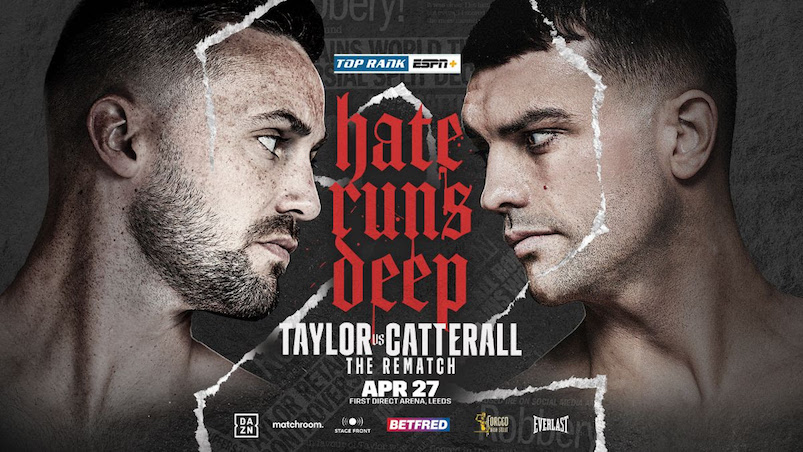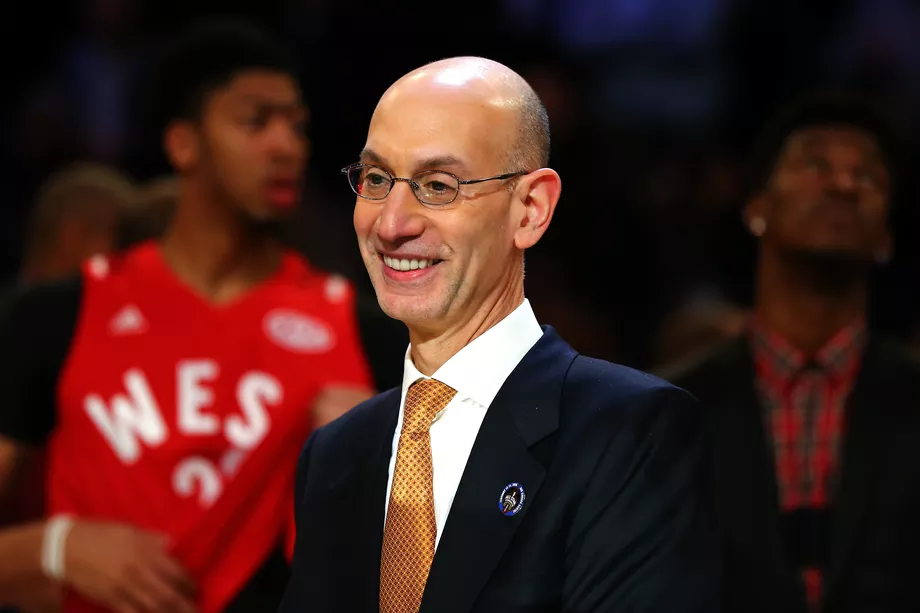The goal was to deter teams from racking up massive payrolls, and that’s exactly what’s happened.
The 2011 NBA collective bargaining agreement was a mammoth achievement for the 30 franchise owners and the league itself. Players gave up $300 million in annual salary by allowing the revenue split to drop from 57 percent to 50 percent, and while franchise owners didn’t get everything they wanted, that was the single biggest inflection point.
But well beyond that, the league is still feeling — and may forever feel — the impacts of all the other quirks added to the basic fabric of the NBA in that labor deal. We’ve talked recently about how the NBA’s push to shrink the maximum length of contracts has led more superstars to leave their teams. The revamped mid-level exceptions — now with different versions for teams over and under the luxury tax threshold and with a tweaked version for teams that start free agency with cap space — have impacted teams’ ability to add good players at times. The Derrick Rose Ruleembedded award incentives into the labor agreement in an odd, problematic way.
The single most impactful reform in the 2011 labor deal, however, was the fortification of the luxury tax.
Before 2011, the luxury tax existed, but only as a dollar-for-dollar tax. It had little impact on teams that decided they wanted to spend lots of money to add players. The Mavericks and Knicks spent most, if not all, of the first decade of the 2000s over the luxury tax. If you had a billionaire owner, it didn’t really matter that adding a player for $5.5 million would really cost $11 million in payroll due to the tax. If the player helps you win more, that was worth it.
But the new luxury tax system is much more punishing, and has proven to make most team owners blink.
There are two ways in which the luxury tax was fortified in 2011. First, the NBA introduced a progressive rate on the tax. The tax rate is:
150 percent for amounts up to $5 million over the threshold (worse than the previous 100 percent rate, mind you).
175 percent from $5-10 million.
250 percent from $10-15 million.
325 percent from $15-20 million.
375 percent at $20 million.
425 percent at $25 million.
And so on.
In the old days, if you were at or over the tax threshold and re-signed one of your free agents for whom you had Bird rights for $15 million, you’d pay an additional $15 million in tax. These days, doing that same exact transaction would cost you an additional $28.75 million in luxury tax. That’s a huge difference and it does make teams think twice.
(This is essentially why the Rockets knew they’d have trouble keeping Trevor Ariza this summer: retaining Chris Paul and Clint Capela and adding minor help put them over the tax line. Arizawould have cost tens of millions more than his salary. That was an expense they didn’t want to pay, though some felt they should have anyway. )
The second way the NBA strengthened the luxury tax in 2011 was by introducing the repeater tax. If you pay the tax in three of the last four seasons, you are dubbed a repeat offender and the tax at each level is boosted:
250 percent up to $5 million
275 percent up to $10 million
350 percent up to $15 million
425 percent up to $20 million
475 percent up to $25 million
And so on.
This tweak made it so that perennial taxpayers like those Mavericks and Knicks of the 2000s would be punished heavily if they remained spendthrift year after year. In that same scenario of adding a $15 million player while sitting at the tax line, a team in repeater status would pay an additional $43.75 million in luxury tax. That’s nearly three times the player’s salary ... just in luxury tax! That is a huge disincentive to being a repeater team and, ultimately, signing that player.
So has the bolstered luxury tax impacted players? Absolutely.
High payroll teams are much less likely to go nuts adding players above the line. There are exceptions — Mikhail Prokhorov’s Nets just after moving to Brooklyn, the late-era LeBron James Cavaliers.
Even these teams become cost-conscious at some level. Cleveland has certainly had a few cost-conscious moves while trying to keep LeBron happy (welp).
But the NBA is thriving in the aggregate, and as such player salaries have shot up since 2011. The economy has improved, and league revenue has increased, especially with the one-time boost in 2016 due to a renegotiated national broadcast deal.
This bigger pie has swamped the impacts of the strengthened luxury tax. The player base hasn’t really grown much (maximum roster size grew modestly and the advent of two-way player contracts has only tiny impacts on team salary cap levels), so the extra money has to go somewhere. The rookie scale still exists and there are artificial caps on what young superstars can earn, so the money added to the system has gone to veteran superstars (who routinely make more than $30 million in a season now, something that only Michael Jordan did before 2011) and role players, who have seen the league’s average annual salary leap up toward $10 million.
If the league weren’t growing like crazy, the luxury tax might squeeze role players more than it has. But there’s just so much money out there that it almost doesn’t matter for the player pool as a whole. Everyone’s getting paid regardless.
Trust that the teams paying the luxury tax are feeling the impacts, though. Even the Warriors — those lucky, light-years-ahead Warriors — are feeling the pinch this year, as Golden State sits $21 million above the luxury tax threshold with a $50 million tax bill. We’ll see if that pain is enough to cause the Warriors to consider letting a star go next summer when Klay Thompson is due for a raise.



